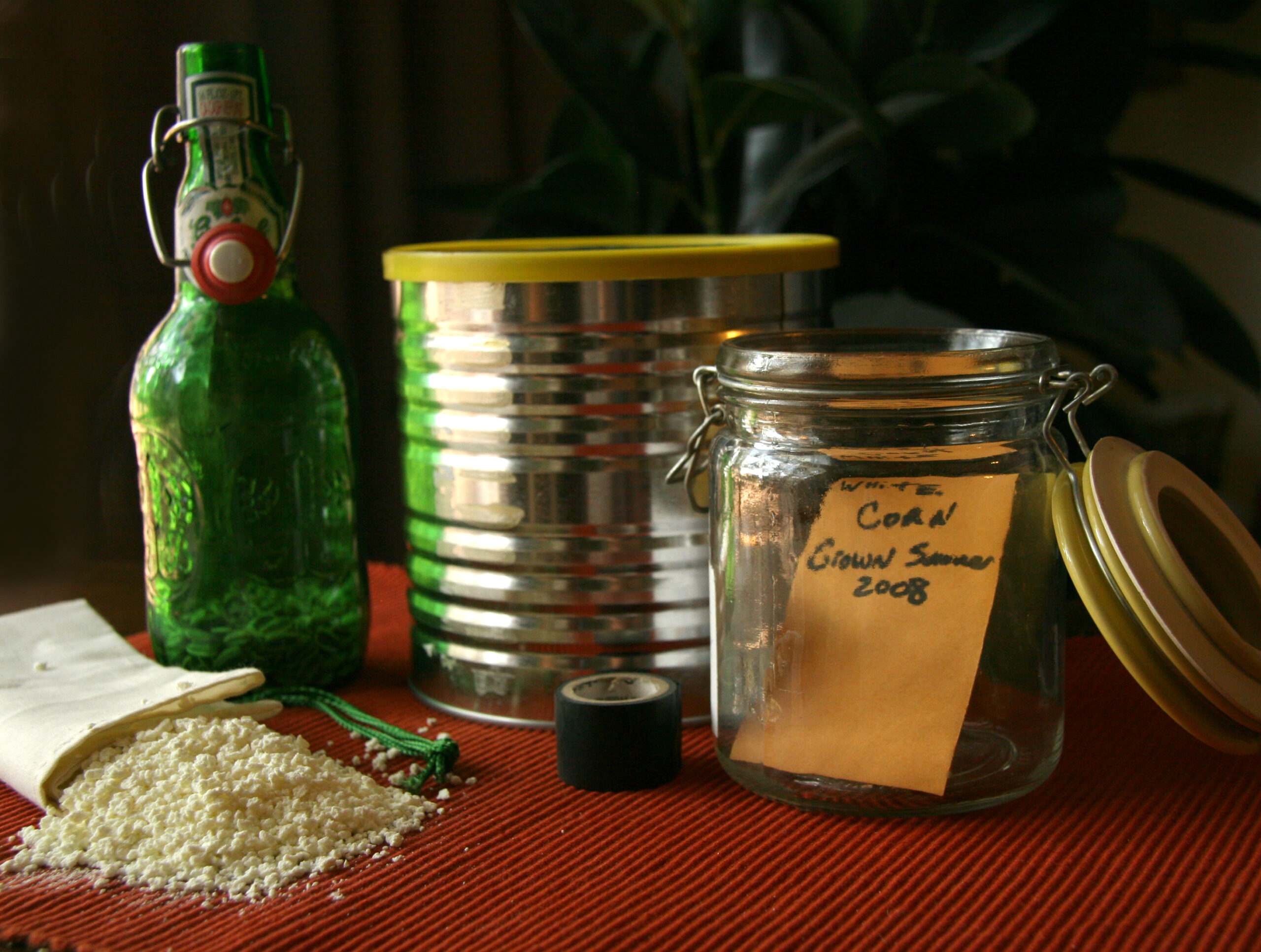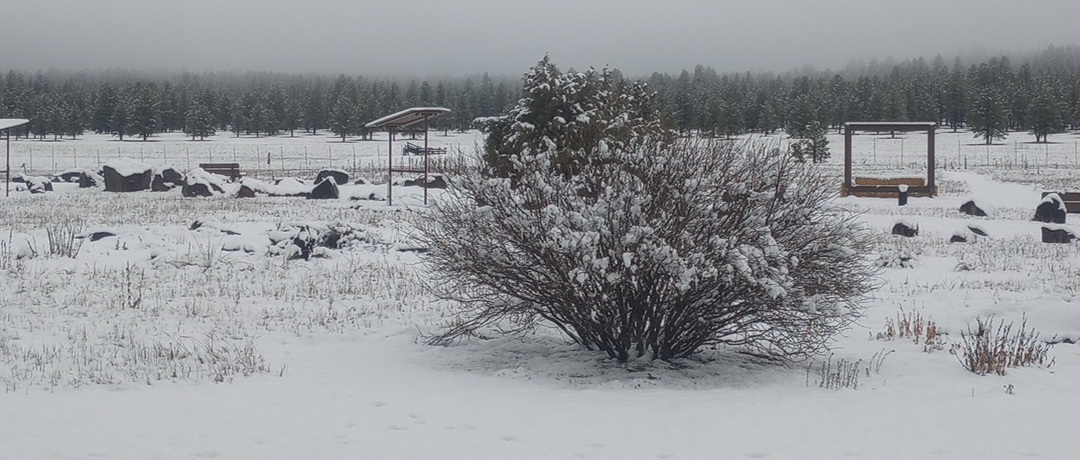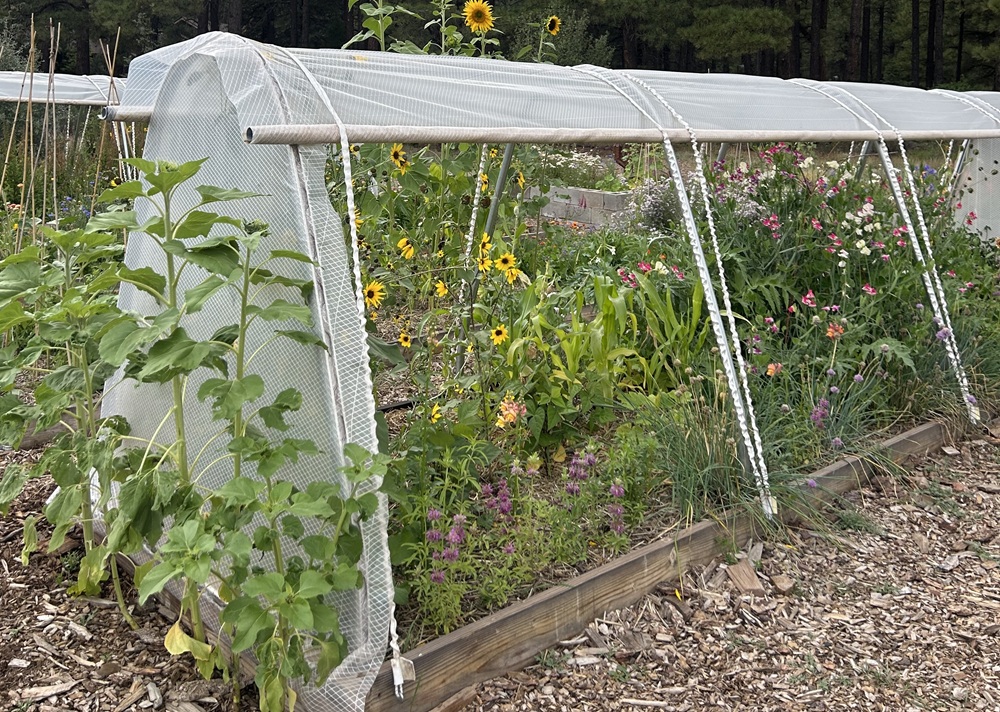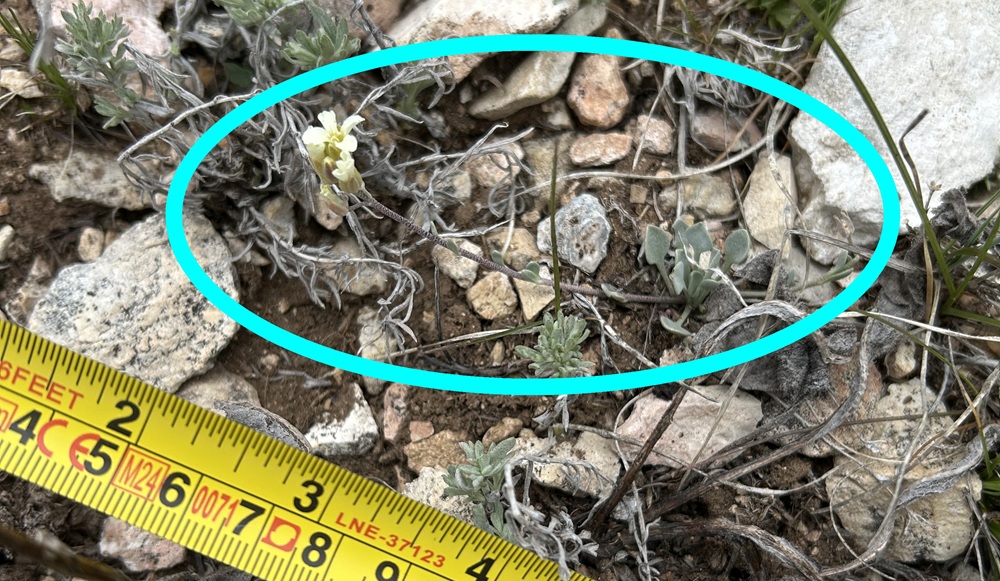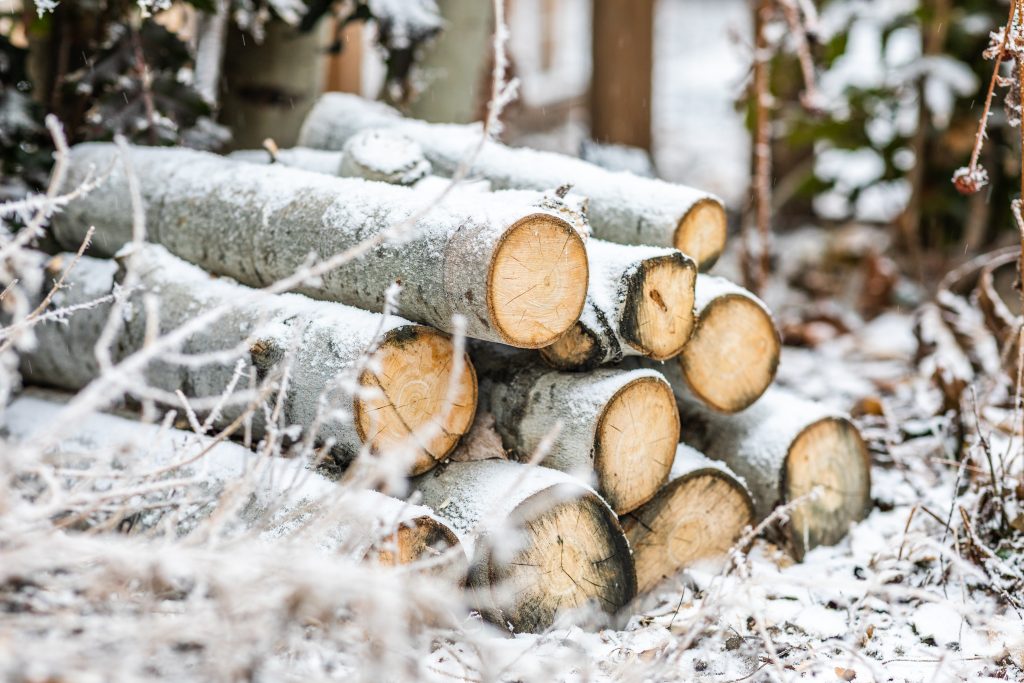With peak butterfly season (August-September) creeping up on us here in Flagstaff, let’s talk about their life cycle and what makes them so remarkable!
There are four stages to a butterfly’s life cycle:
- Egg
- Larva
- Pupa
- Adult
Egg Stage: Adult butterflies will lay about 200-500 eggs on a plant, often very specific plants called host plants. Some species take about four to five days to hatch, while others can take up to three weeks!
Larva Stage: This is when those eggs hatch into caterpillars! These little critters will then devour their shell and their host plant. A happy note for gardeners is that caterpillars do not move on from their host plant, even if they run out of food. They will continue to grow, shedding out of their old exoskeletons when they’ve stretched to their limit.
Pupa Stage: Once a caterpillar has grown to an appropriate size, they will then find a safe and protected spot to molt one last time and then form that chrysalis/cocoon structure we all learned about in elementary school. This will be their home while they go through metamorphosis. Generally, moth caterpillars will create a silken cocoon while butterfly caterpillars will form a chrysalis. Then, the caterpillar will release a digestive juice that breaks down most of its body into a delicious “tissue cell soup”! This is when it will develop all of its new insect body parts.
Adult Stage: Finally, the moth/butterfly emerges from its pupal case. At this point in time, it needs to hang upside down from its case for a bit to let its wings dry, stretch out, and allow fluid to pump into the wing veins – sometimes taking up to two hours. Once the adult is ready, it will fly off to feed, mate, and restart the cycle. An average adult’s lifespan is about two weeks.
While some butterfly species are non-migratory and spend their winters in a sort of hibernation state, there are species like the monarch butterfly that migrate long distances from North America to warmer parts of Mexico – much like birds do.
Moths and butterflies are truly incredible creatures and we love being able to provide a safe and natural habitat for them here in our gardens. We have received many questions about our butterfly house recently and while it was a fun experience, because of their short lifespans and the migratory patterns of some species, we believe it’s best to observe them performing their natural behaviors in an environment where they feel safe and have plenty of space to stretch those wings and pollinate our native plants!
We encourage you to come and enjoy hanging out with our butterflies and other native pollinators in their natural habitat. There is nothing more exciting than seeing wildlife performing natural behaviors when they are happy and comfortable.
Sylvia Coppers is The Arboretum’s Naturalist & Visitor Services Manager.

